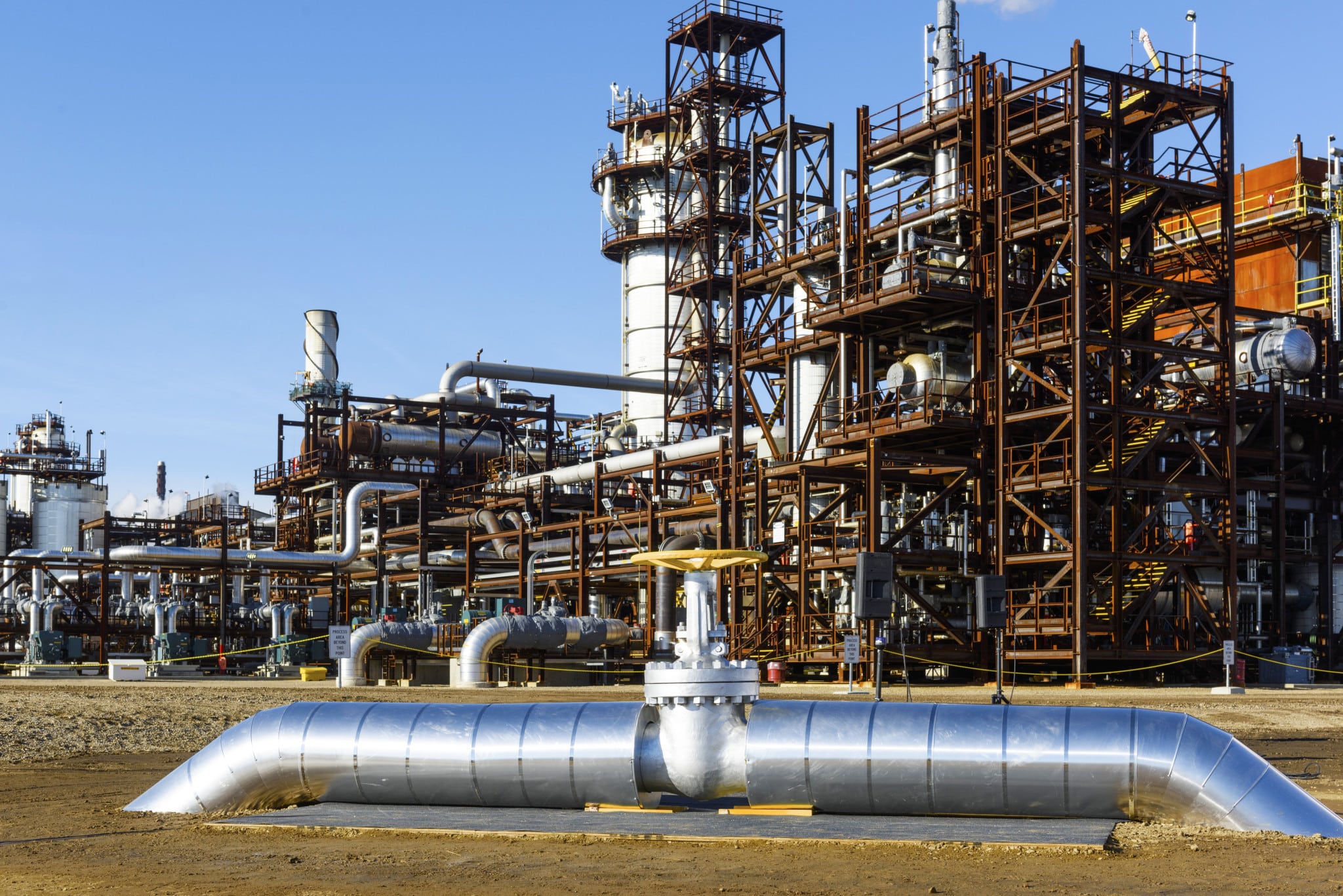
In its first year of operation, Shell Canada’s Quest CCS project exceeded its goal of capturing and storing 1 million metric tons of carbon dioxide, Shell announced Wednesday. “The Government of Canada congratulates Shell and all partners involved in this project. This milestone further demonstrates that Canada continues to be a leader in the area of carbon capture and storage,” Jim Carr, minister of Natural Resources Canada, said in a Shell release
The Quest project was completed on time and under budget, launching on Nov. 6, 2015, in Alberta. The project is the world’s first CCS project on an oil sands upgrader and Canada’s second commercial-scale CCS project, following SaskPower’s Boundary Dam Unit 3 coal-fired power plant, which is nearing the end of its second year of operation. Quest is a retrofit to Shell’s Scotford upgrader, where oil sands bitumen is converted into synthetic crude.
The $1.35 billion (CAD) project is a joint venture of Shell Canada Energy (60 percent), Chevron Canada, (20 percent), and Marathon Oil Canada (20 percent).
Fluor designed and built the system, using the company’s “3rd Gen Modular Execution” method. A total of 69 separate interlocking models were built and then assembled at the job site, next to the upgrader.
The project is designed to capture 1 million tonnes of CO2 each year for underground storage, the equivalent of one-third of the plant’s emissions. That CO2 is transported 65 kilometers via pipeline and injected more than 2 kilometers underground.
“Quest has been working better than planned, both in preventing CO2 from entering the atmosphere and in safely storing that CO2 deep underground, since its start-up celebration last November. Both its capture technology and storage capability have helped Quest exceed its target of capturing one million tonnes of CO2 per year,” the Shell release says.